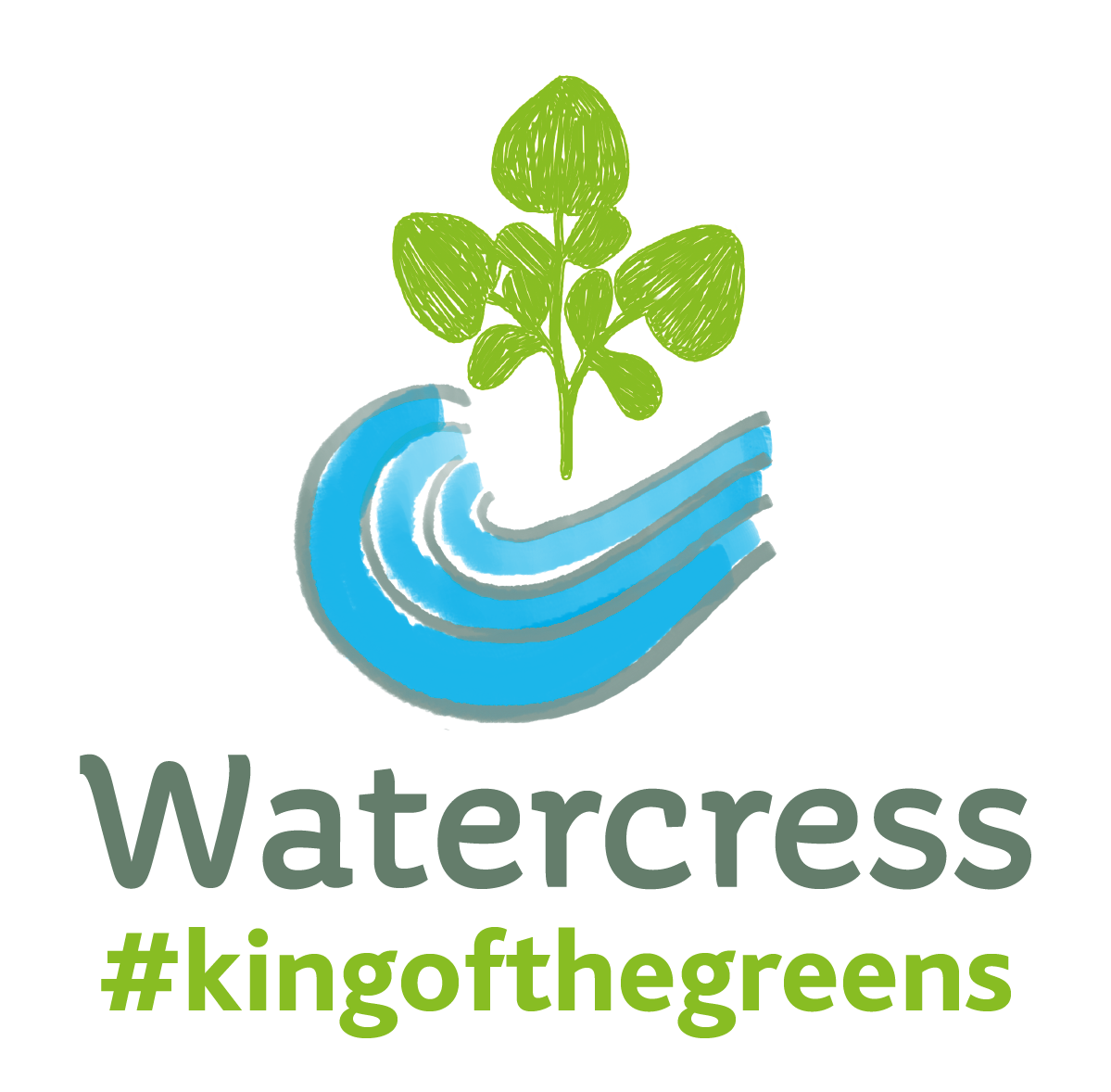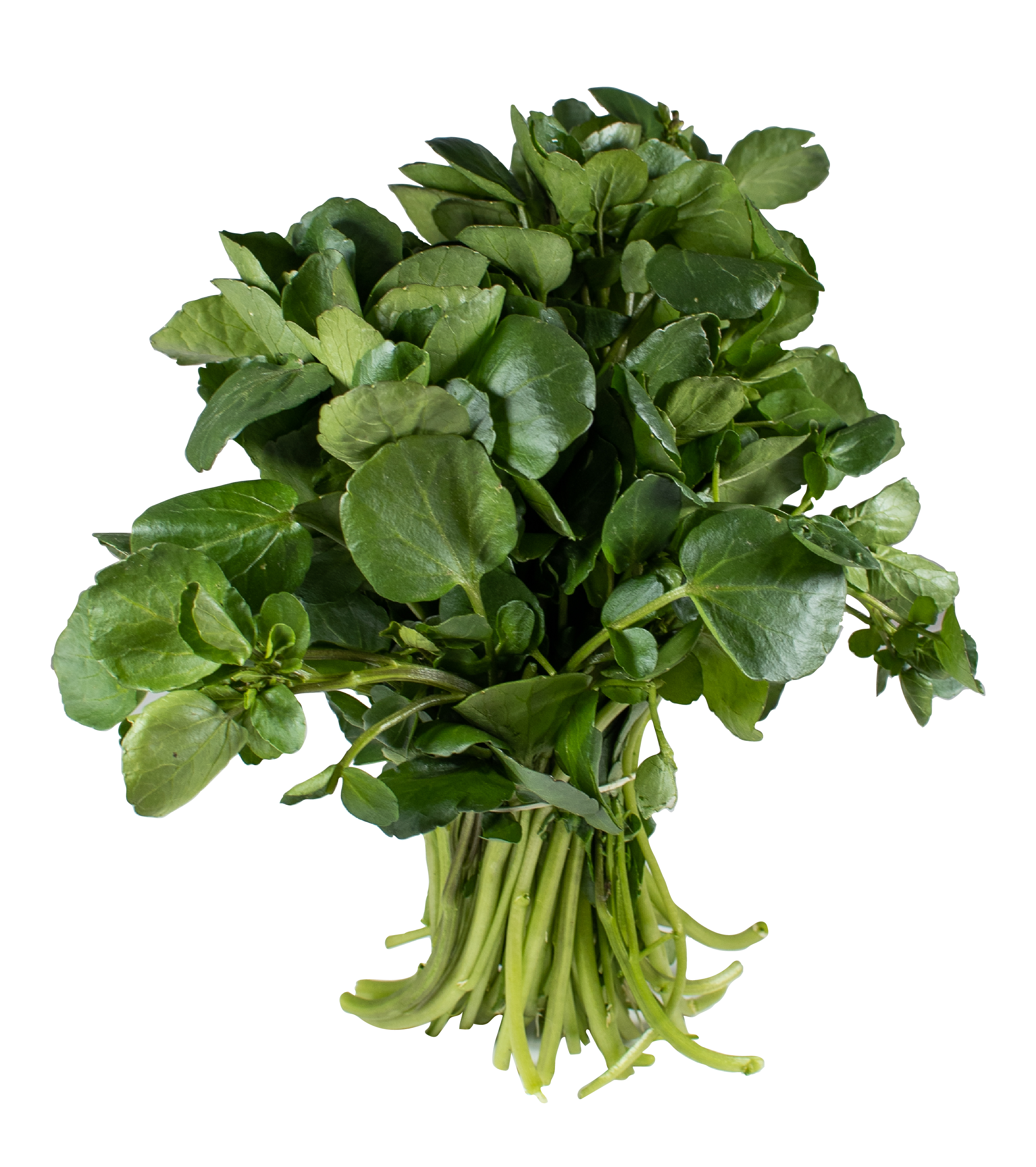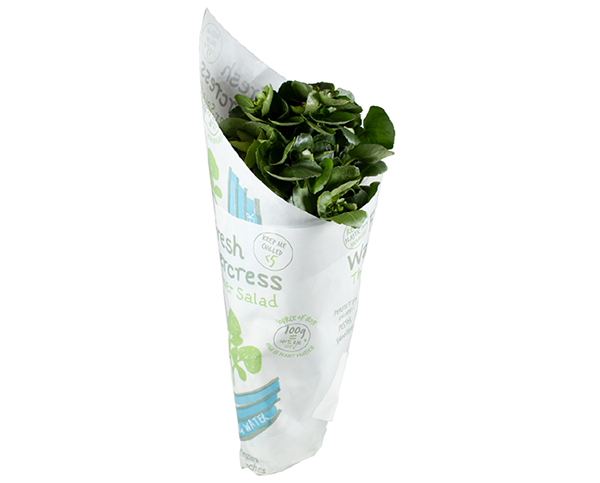Top 10 benefits of eating Watercress
The benefits of eating watercress are many and counting! As scientific research into this little green wonder-leaf is significant and continues to reveal many more reasons why we should eat it. You can eat watercress everyday and, as watercress is sold in all supermarkets, it’s easy to get your nutritional top-up!
Watercress (nasturtium officinale) is a superfood; we already know that watercress is rich in vitamins, containing over 50 vital vitamins and minerals. Gram for gram contains more calcium than milk, more folate than bananas, more Vitamin C than oranges and more Vitamin E than broccoli.
The high levels of various nutrients and compounds can be seen here but what actual benefits do we gain by eating watercress? Here are just a few:
Helps stop and slows skin ageing - Elastin and Collagen in the skin are broken down by sunlight. A compound called Isothiocyanate (ITC) and vitamin C which are found in watercress can help STOP and prevent the breakdown of collagen and elastin and lead to more production of collagen leading to younger, healthier and more elastic skin. This will therefore reduce cellulite and wrinkles.
Helps Lower Blood Pressure – Watercress contains nitrates that help create elasticity and in the blood vessels which therefore lowers blood pressure.
Improves Eye health – Compounds Lutein and Zeaxanthin are found in watercress. These help to block blue light from reaching the retina meaning a reduction in light induced oxidative damage which would lead to age related macular degeneration (AMD).
Helps maintain healthy iron levels – watercress contains high levels of iron, unusual in vegetables and necessary to convert energy in our food to be active and essential for growth and development. Iron in vegetables, however, is impossible to be absorbed unless Vitamin C is also present to change the iron into the same form that’s so easy to absorb from red meat (known as haem iron). 80g of watercress contains more Vitamin C than an orange of the same weight and so means that the iron in the watercress is absorbed more easily.
Helps maintain a strong immune system – 100g of watercress contains more than half our recommended daily intake of Vitamin A which is required for a strong immune system added to which, Vitamin A is also required to improve iron absorption.
Improves bone health and density – 100g of watercress provides a quarter of the recommended daily amount of calcium which is needed to reach maximum bone density while growing and after you’ve stopped growing it’s needed to maintain it. In addition, Vitamin K is a key nutrient in bone density and Watercress is a Vitamin K powerhouse! It’s not as easily absorbed from plants as it is from food of animal origin but 100g Watercress contains four times our recommended daily intake so it’s a pretty good source of another valuable vitamin.
Contributes to a healthy gut – gut bacteria get their energy from fermenting FIBRE in the food we eat (as well as probiotics like Kefir and other fermented foods). These microbes are essential in our long-term health, from developing our immune system to protection from bowel disease and lifting our mood. Watercress, along with other fruit and veg, is a great source of fibre to nurture our microbes but it also has one of the highest levels of ANTIOXIDANTS. Our gut bacteria have an important role activating these antioxidants before we can use them for essential daily detox to reduce DNA damage from the many toxins we’re constantly exposed to – either in the environment or those from metabolic processes within our body.
Aids recovery after exercise and sport - Research undertaken in 2012 found that exercise increases oxidative stress, causing DNA damage, as well as increasing lipid peroxidation. However, eating watercress before exercise reduces both. This provides support for the belief in the powerful protective effects of this leafy green vegetable and highlights its contribution in mitigating exercise-induced DNA damage.
Boosts Vo2 Max - Watercress, like beetroot, is rich in nitrates. Higher levels of dietary nitrates have the potential to enhance our own supply of nitrous oxide and therefore help regulate blood pressure, which in turn optimises oxygen usage during sport. For example, beetroot juice is shown to improve cycle trial and 5K running performances.
Contains all 9 essential amino acids - The body needs 20 different amino acids to grow and function properly and although all 20 are important for health, only nine amino acids are classified as essential. Unlike nonessential amino acids, essential amino acids cannot be made by the body and must be obtained through diet. The best sources of essential amino acids are animal proteins like meat, eggs, and poultry but, unusually for a plant, watercress has a full complement of the 9 essential amino acids. More good news for vegetarians and vegans!
Where can I buy watercress?
Our ancestors instinctively recognised the health benefits of watercress without needing scientific proof; Hippocrates, the first doctor built his hospital beside a flowing stream so that his patients were close to a reliable source of watercress; Roman emperors ate it to help them make bold decisions; Anglo-Saxons swore by watercress potage to ‘spring clean’ the blood; medieval Irish monks survived on bread and watercress for long periods and said watercress was ‘pure food for sages’. A little later and Victorians believed the plant was a cure for toothache, hiccups, a hangover and even freckles!
During the First World War watercress was promoted as an important health-giving, home-grown food and in the 1930s watercress was a staple ingredient in school dinners; indeed, several experiments conducted by the Ministry of Health suggested watercress was excellent for promoting children’s growth.
It was not until the 1990s and the noughties that scientific research was seriously undertaken by the British Watercress Industry to prove that so much of what our ancestors had claimed had roots in genuine scientific fact. And so much has been proved but there’s still yet more to discover – we’re currently working with a number of research bodies who are uncovering more and more fascinating and very healthy benefits to eating watercress. What we already know is pretty compelling but we can’t wait to share more health benefits as they are revealed.











